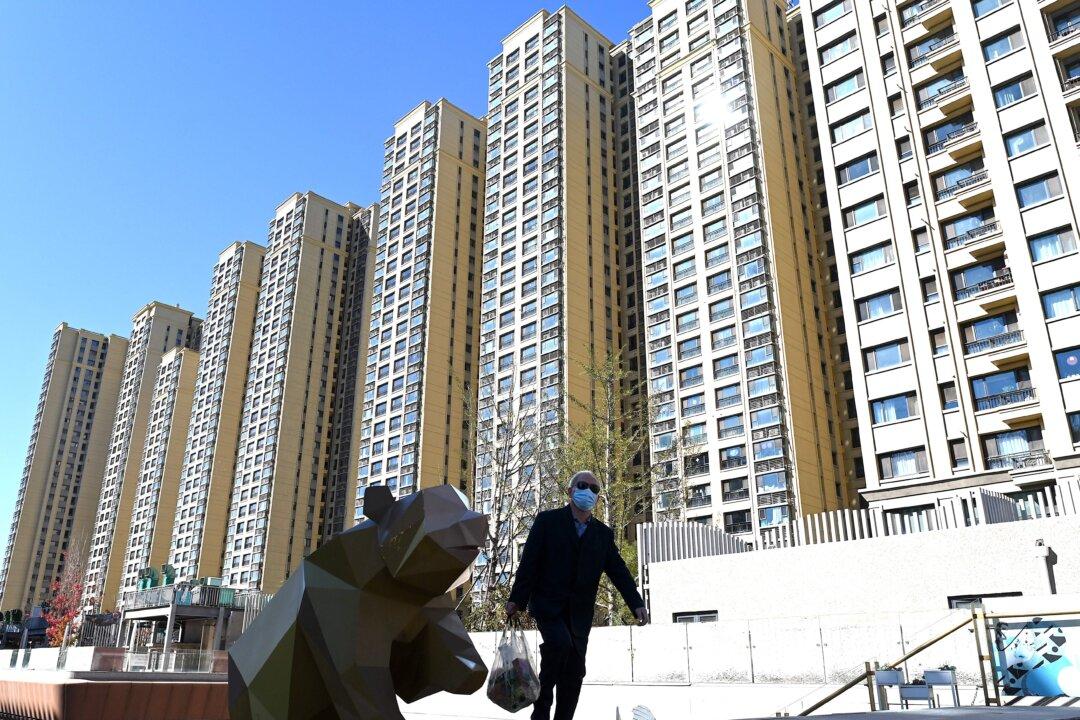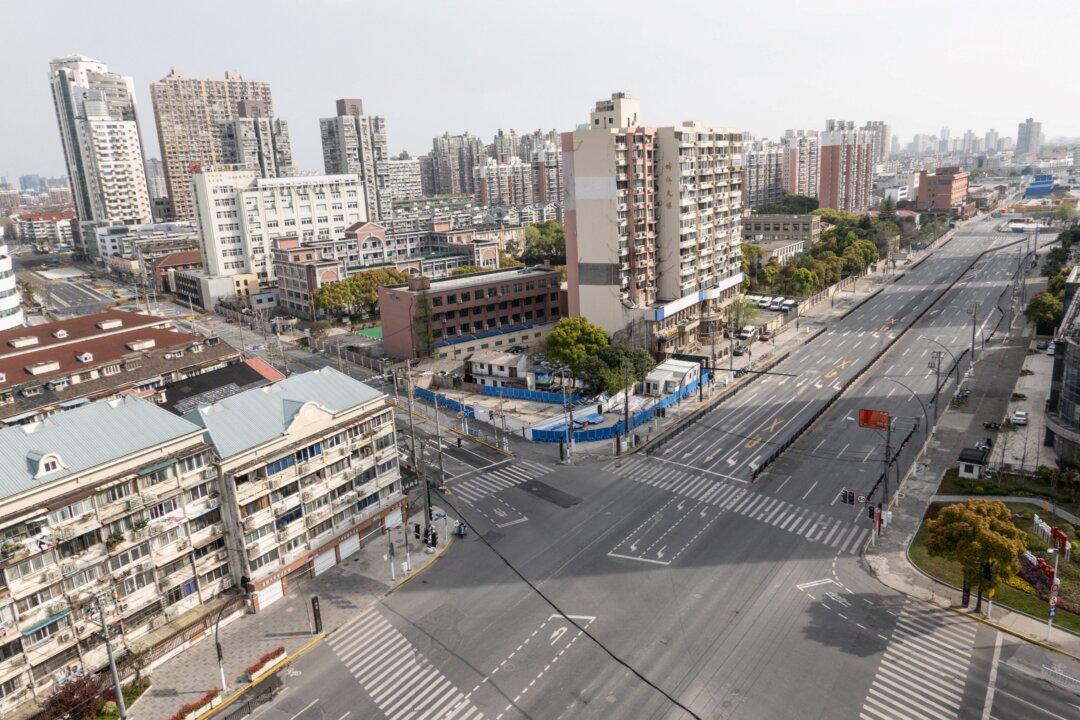China’s home market fell at a fast pace at the start of 2022. Even though the government lifted some restrictive policies late last year, the housing market has, so far, not been pulled out of its slump.
The value of homes sold in the first two months of 2022 fell 22 percent from last year, the National Bureau of Statistics data showed in mid-March. Separate data from researcher China Real Estate Information Corp. (CRIC) indicated that sales at the country’s top 100 real estate firms sank by 47 percent in February.
“The market has yet to show a clear recovery,” said Lin Bo, director of research at CRIC. In the housing market, “supply, demand, and prices are going down,” he added.According to China’s National Bureau of Statistics data, new home prices fell 0.13 percent in February from the prior month, marking the sixth consecutive month of decline. Buyers are reluctant to take out mortgages now that the economy is hampered by another surge in coronavirus infections and subsequent lockdowns, making the employment situation uncertain.
“Buyers’ wait-and-see sentiment remains heavy in the home market,” CRIC research analyst Yang Kewei wrote in a note, adding “the market hasn’t bottomed out. ”
New medium- to long-term loans to households, most of which are presumed to be mortgages, hit a net negative in February, according to the People’s Bank of China. This is a first in at least 15 years, despite efforts by financial institutions to cut borrowing rates, or by local governments to lower tax rates and down payment requirements.
In the first two months of 2022, the area of land purchased by developers, as well as the area of new home starts and completed houses, declined by 42 percent, 12 percent, and 10 percent, respectively, compared to the same period last year, an official report revealed.




